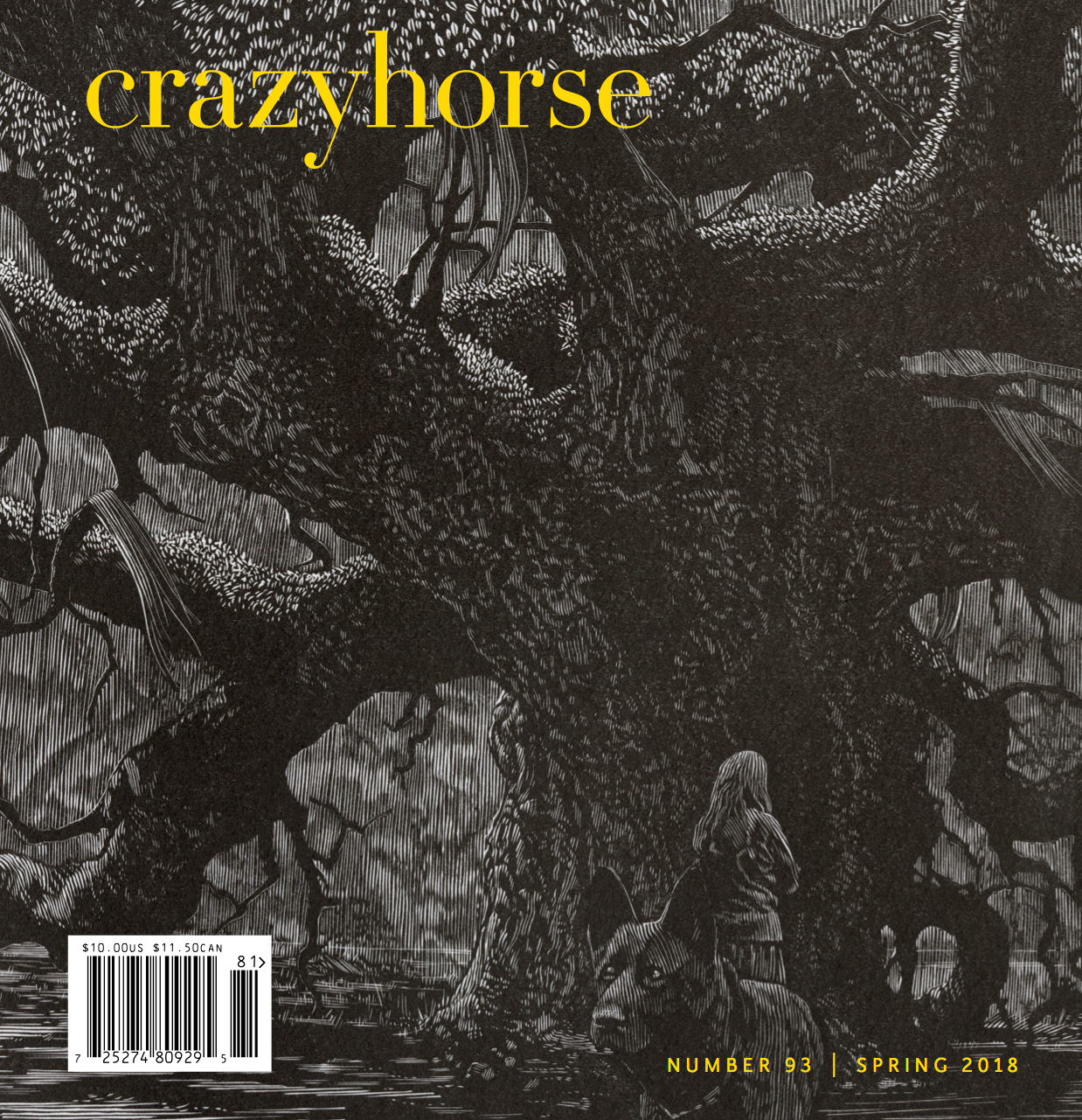
Marc Watkins story “Two Midnights in a Jug” won the 2008 Short Fiction Contest for Emerging Writings from Boulevard Magazine. You can read the story here.
A basic element of all fiction is showing the reader where the story takes place. But how? Do you use a wide-angle lens or focus on details? If you zoom from one angle to another, when do you narrow or broaden the focus and how quickly or slowly?
Answers to these questions can be found in one of the most beautiful and well-crafted story openings I’ve read recently. “Two Midnights in a Jug” by Marc Watkins won the 2008 Boulevard Short Fiction Contest for Emerging Writers, and you can read the story here.
How the Story Works
Let’s focus on the opening paragraph:
“Follow any hollow in the Ozarks and it’ll come to river or stream where soft clay the color of rust covers jagged limestone along the banks. Mountains cut by water dot the horizon, their peaks smoothed over millennia into knolls and greened with trees. In Eminence, MO, folks call trailer courts neighborhoods and hundred year old farm houses with acreage equal to a football field are mansions. There’s one high school, and you’ll get sidelong looks if you finish. People will talk, call you learnt, expect you to work at the mega hog farm as manager with an education. You’ll need a wife, finding her’s easy cause every household’s got at least one daughter ready for marriage, and you won’t meet her at a bar, there’s only a few in town. More likely it’ll be at a church, there’s twenty inside city limits.
Here is where you’re born and here is what you are.”
The passage begins with a wide frame (any hollow in the Ozarks) and gradually zooms in on a particular town (Eminence, MO) and then parts of town (trailer parks, farmhouses, the high school, the mega hog farm). So far, the passage follows the basics of Describing Setting 101. But notice what happens next. The passage moves from physical setting to philosophical setting, i.e. what the people who live in the place think and how they talk. This transition is crucial to the story’s development because it allows the narrative to begin. There’s almost never any story inherent in place. Concrete is merely concrete, and trees don’t care what happens around them. It’s the people who walk on the concrete and sit beneath the trees that give those things meaning.
This transition from place to people happens all of the time in fiction. Look for it in the next story or novel you read. I bet you’ll find it.
The Writing Exercise
Let’s practice writing a description of setting that transitions from place to people.
- Choose the place.
- Write down the basics of the place’s geography, landscape, and physical features. If you’re describing an interior space, the same ideas still apply except that you’re describing floor plans and architecture rather than landscape. (It’s important to sketch these details out before actually writing the paragraph. Your brain doesn’t always give you details in the best order for prose.)
- Now, write about the sense that you have of the place: cultured/backward, beautiful/ugly, freeing/oppressive, spiritual/dead, exciting/dull, etc. Try to explain why you have this sense.
- Finally, describe the people who occupy this place: smart/dumb, happy/sad, cosmopolitan/provincial, motivated/depressed, etc. When you think of these people, what actions, habits, or things first come to mind?
- At last, let’s write the paragraph.
- Start with a wide frame: show us the largest view of the place that makes sense (i.e. the region/city/neighborhood and not the blue speck of planet Earth in the black universe.)
- Zoom into the specific place where the story is set. Do this in no more than four sentences.
- Transition to the people. Notice how Marc Watkins does this with the phrase “folks call trailer parks…” In the next sentence, he writes, “You’ll need a wife…” And then he moves directly to the people: “People will talk…” He’s transitioning from the Godlike objective view of a satellite looking down on Missouri to the subjective view of the people on the ground.
- Drive home the sense that you have of this place with the people’s actions or habits. Marc Watkins does this with details about finding a wife. When you finish this paragraph, you may be ready to write a story. Or at least you’ll have a few good sentences about setting.
Good luck and have fun.




This is very helpful and just what I needed! Thank you for this.
Thanks, Jessica. Glad it helped.
Thank you. This is a great approach to follow.
Thanks!
I’m trying to describe a setting but not having much luck. My story begins inside a house on a Saturday but I find my sentences just don’t let me build. I wrote the sentence below but rather than zooming in i have zoomed out.
“Saturday arrived in the usual suffocating cloud of mothballs, kerosene and stale sweat, a smell that was just as much a part of the house as were its tired wooden boards and rusting zinc roof.”
Is there a way to say all the important things without seemingly moving away from the action?
Jono